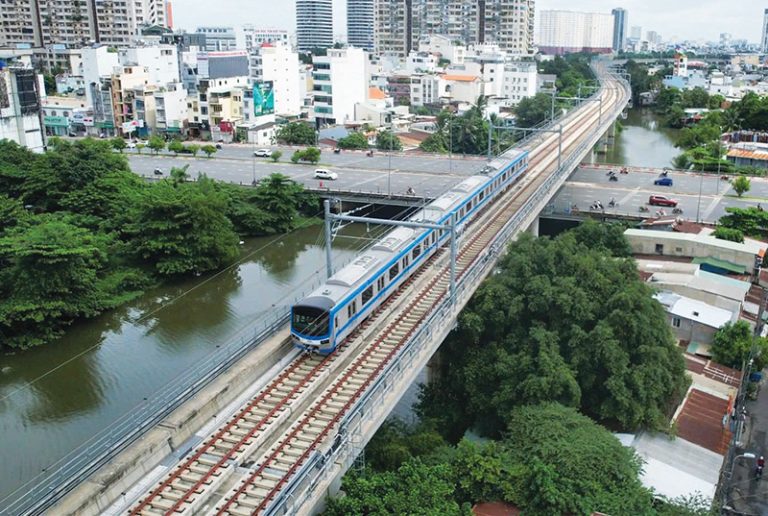HCMC – HCMC’s Metro Line 2 (Ben Thanh–Tham Luong) is set to see its total investment cost rise by more than VND4 trillion to VND52,047 billion.
The cost spike results from use of new technology, funding shifts and rising construction material costs.
The Management Authority for Urban Railways (MAUR) submitted the revised project report to the HCMC People’s Committee and the Department of Construction. Under the updated plan, land clearance costs amount to VND5,096 billion, construction costs VND20,623 billion, equipment VND9,208 billion, consulting fees VND3,627 billion, contingencies VND7,441 billion, and other expenses.
MAUR cited multiple reasons for the adjustment, including revised funding sources, updated design volumes, new cost standards, and market price fluctuations. The increase largely stems from the project’s expanded scope, new facilities to integrate with Metro Lines 1 and 6, adoption of modern technology to replace designs approved over a decade ago, and the shift from ODA loans to the city budget.
External factors such as inflation and rising material costs since the 2019 adjustment have also contributed to the higher investment. The added funding aims to ensure the project’s completion by 2030.
Technological updates include a switch to an overhead power supply system, similar to Metro Line 1, replacing the initially planned third-rail system. Automatic train operation and regenerative energy recovery technologies are also being incorporated.
MAUR said the revised project is scheduled for approval by the HCMC People’s Committee on December 15 and is expected to begin construction on January 15, 2026. The project will be the first in the city to implement special mechanisms under the National Assembly’s Resolution 188 to accelerate progress.
The 11-kilometer line, including 9 kilometers underground, requires extensive relocation of underground infrastructure, including sewage systems, power cables, and water pipes, before tunneling with TBM machines. Since April 2024, MAUR has moved more than 70% of these systems, and clearance for some underground stations is complete.









